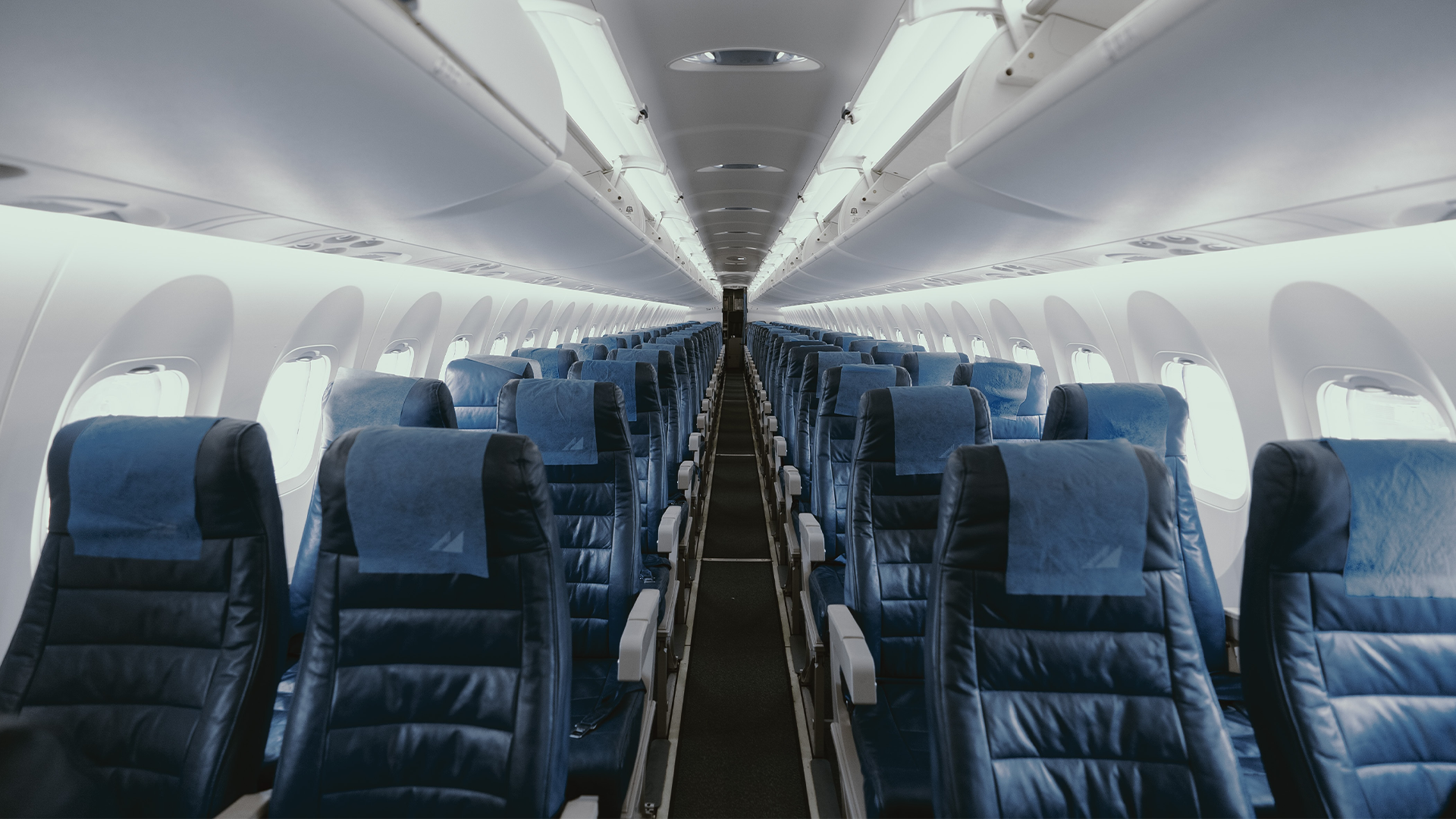Published by
It has been three years since the U.S. went into lockdown, when air travel hit a standstill and our backyards had to suffice for a summer vacation spot. The travel space was obliterated as a result. In fact, airlines hemorrhaged $168 billion in economic losses in 2020. Although not fully recovered, air travel is certainly back in full force in 2023, and the appetite for it is insatiable.
The pandemic fueled a mass shift in customer behaviors and expectations across the board. This is happening across all industries, as customers now seek out seamless and immersive experiences, with as little human interaction as necessary in many situations. Airlines have been forced to realign their priorities and how they function in order to please the connected customer of today, and the result has been innovative and exciting.
Customers Are King
A trend that we are seeing across all industries is an embracing of the “customer-obsessed” culture. As the airline landscape has become increasingly saturated and fiercely competitive, businesses are now prioritizing customer experiences and raising the bar for expectations by putting their customers at the center of their delivery models, leadership, strategy, and operations. In 2023, customer loyalty is actually more valuable than customer acquisition. With these new priorities and behaviors, let’s dive into how this has impacted the travel space.
Touchless Travel
Over the last three years, air travel has generally become more expensive. Even in the past year, we have seen a 25% increase in its cost. This is due to a combination of factors including higher fuel prices, soaring demand, inflation, and of course, labor constraints. Profitable air travel is now therefore much more than just selling seats. Airlines need to explore more ways to draw customers in and retain them, adding value to their services in order to justify their higher prices.
With today’s everything-tech economy, customers now expect their travel experience to incorporate a multitude of easily accessible digital touchpoints to enhance their trip and make it as seamless as possible. The key to success now lies in leveraging channels of communication and creating a carefully crafted omnichannel experience, where humans and tech can work hand in hand. The mundane and time-consuming tasks such as booking seats or getting in line for security can be automated, while the more complex ones can be dealt with by human experts, who can focus on adding value and driving loyalty. This will create interactions that are personalized, seamless, and immersive.
Customers now use multiple communication channels interchangeably—be it a smartphone, tablet, or in-person kiosk. It has become vital for businesses to ensure that all of these work in unison to provide a seamless airport experience. For example, a customer may book their flight online through the provider’s website, then check in through an app, drop off their luggage at the desk, and have their boarding pass in their Apple Wallet. This creates a sense of interconnectivity, allowing a customer to choose how much or how little human interaction they want.
Last summer, labor constraints, delays, and cancellations fueled crowded lines across airports. The average wait time to get through security at Miami airport soared to 46 minutes. To alleviate this, some airports have introduced virtual options to get in line, where customers can book a time slot at security or check in to the line through an app or QR code, to avoid long waiting times and enable a smoother experience. Customers can get live updates and receive notifications on their place in the line, allowing them to remain connected and updated in real-time despite not physically being there. This can be used in any area of the airport which involves lining up so that passengers have more time to wine, dine, shop, and prepare for their flight.
The same goes for in-flight entertainment. Airlines continue to upgrade their in-flight Wi-Fi capabilities that allow passengers to watch movies, send a text message to their friends back at home, or order food and drinks, all from their own device. This allows minimum human contact for an onboard customer, and yet they are constantly connected throughout the duration of their flight. These types of digital experiences ultimately add value and will encourage customers to remain loyal to an airline.
The Future of Air Travel
With lockdowns, restrictions, Covid passports, and delays, the aviation industry had to rethink customer experience during the pandemic and its aftermath. As the stress inextricably linked with travel over the past few years finally wanes, airlines want to ensure they can provide a streamlined, seamless, and stress-free experience for their customers now and in the years to come. The incorporation of digital experiences is inevitably the way forward, and it is certain that touchpoints will become even more in sync in order to ensure summer travel takes off without turbulence.




